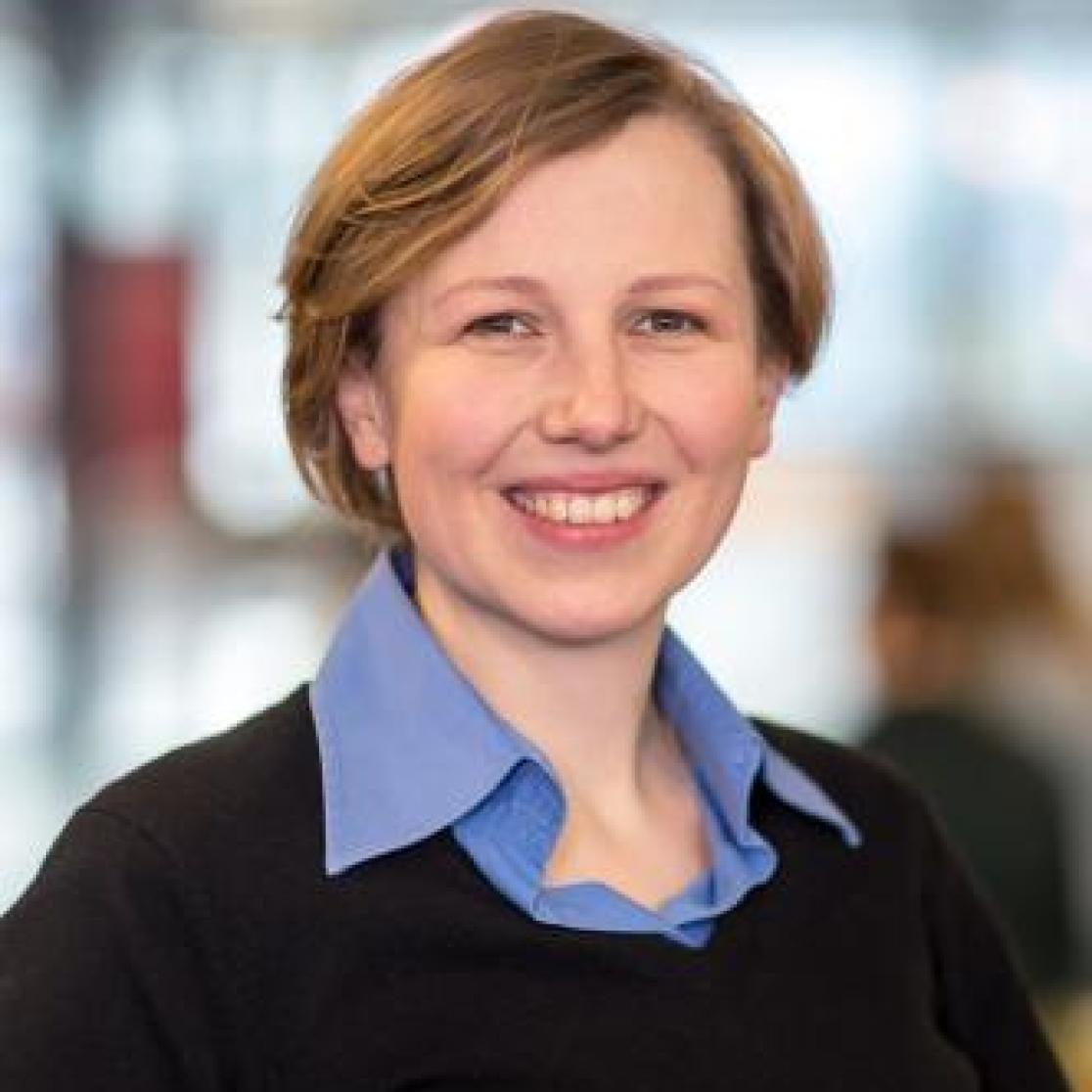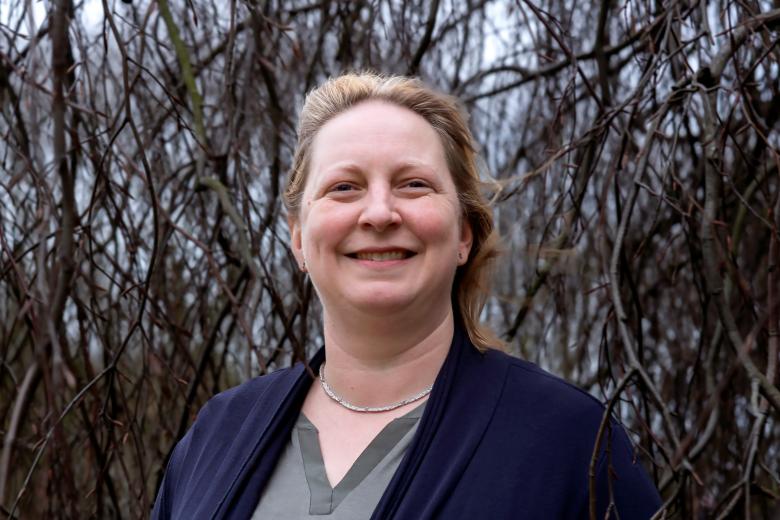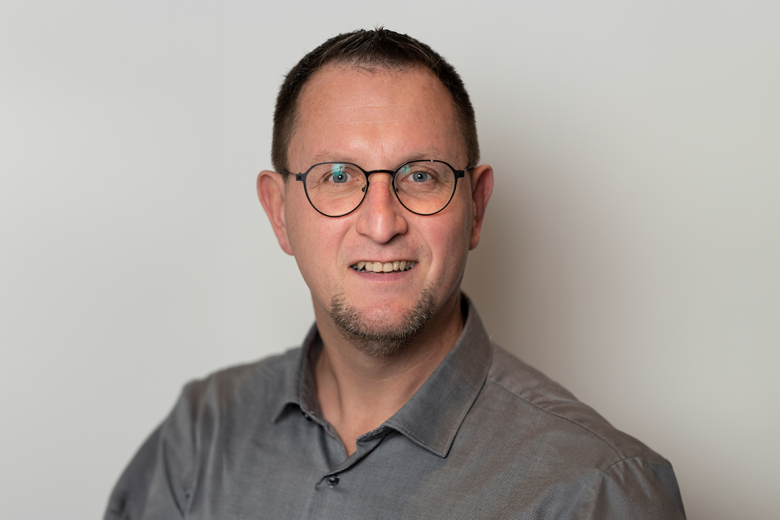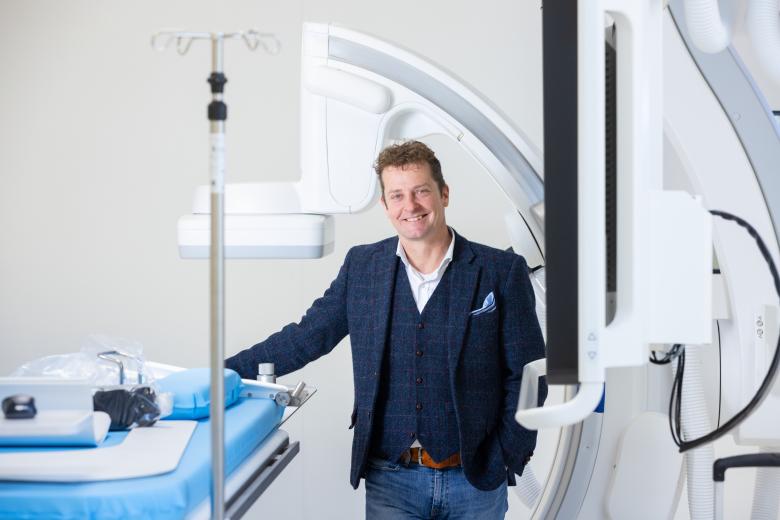Anna Wilbik’s goal is to exploit the real value of data to the max
Various businesses and organisations collect more and more data to support their daily operations and strategic decision-making. However, do they squeeze out the whole potential of the data to the last drop? According to Anna Wilbik, data has much more value when shared and combined. On April 19, she explained how we can benefit from this during her inaugural lecture as Professor in Data Fusion and Intelligent Interaction at Maastricht University.
Anna Wilbik works on improving models by combining data and investigating safe implementation strategies. Her techniques include data fusion, federated learning, and intelligent interaction. What? Hold on for clarification. First, let's introduce Anna.
Anna Wilbik grew up in Poland in a family of engineers. Both her parents are civil engineers; her brother is an architect. “My career goal was always obvious to me: I wanted to be an engineer. However, my mother discouraged me from choosing civil engineering because the field lacks respect for women. I then decided to study computer science because I enjoy mathematics.” However, Anna still intended to become an engineer; therefore, she studied at a technical university in Warsaw.

Natural language
After graduating and receiving her PhD in Poland, she worked as a postdoc in the United States. "My work shifted from academic to more applied. As a PhD student, I developed methods for translating numerical data into natural language. In the United States, we gathered a variety of sensor data from senior citizens and translated these into natural language for nurses who cared for the elderly."
Scientists usually find it easy to work with numbers, but the majority of the general population does not. "Most people understand information presented in plain language better than in numerical form. Our car's speedometer is simple to understand, but when the dashboard displays a variety of numerical data, it will become increasingly difficult to comprehend. Given that, for instance, the amount of data produced by a single hospital doubles every two years, it is clear that summarising the data in an understandable format is critical."
Data Fusion
As of 2020, Anna works at the Department of Advanced Computing Sciences (DACS) at the Faculty of Science and Engineering. In Maastricht, she focuses on safely combining data to create better models, as well as safely implementing these models. Let us start with the data. "In general, institutes and companies store their data in separate databases that contain heterogeneous information on topics like production, maintenance, sales, procurement, etc. Imagine what could happen if those units fused their data: a company could create a model that predicts the need for maintenance. This would allow the production planner to select the best moment, and it could allow them to store less spare parts.” The field that deals with combining these heterogeneous data sources this is called Data Fusion.

Federated leaning
Patient-oriented research frequently requires researchers from different hospitals to share medical data. Because of privacy laws, this is becoming an increasingly different task. Federated learning comes to our rescue. "Each participating hospital trains the model locally with its own data. The researchers then collect the results, or partial models, and combine them to form a complete model. This ensures that no patient data leaves the hospital. Currently, federated learning is primarily used in medical research, but it can also be found on smartphones. When you type, you will see suggestions for words you could use. This task is accomplished using federated learning, in which your data never leaves your smartphone.”
Intelligent interaction
Finally, using all the fusion techniques, the model is complete, but what to do with the information the model produces? The field of intelligent interaction investigates how AI systems can anticipate how they have to present information when interacting with humans, other AI systems, or more traditional information systems.”
In the Netherlands, we are all too familiar with the Toeslagen affair and the DUO affair, where biassed models wrongfully accused thousands of being fraudsters. These affairs highlight the importance of a fair and credible presentation of the data. “Automated decisions can affect a whole spectrum of people, business processes, and information systems and may even cascade to other decisions.” In addition to DACS, Anna works at the Brightlands Institute for Smart Society in Heerlen, where she focuses her work on making models perform in a fair, unbiased manner. This will help people better understand automated decisions and detect and solve problems within the model more quickly.
Sometimes Anna wants to shut down the endless stream of data inside her head. She then decides to scuba dive. "Once I submerge, the world above ceases to exist. Then my entire focus is on the present moment." Diving provides her with the opportunity to unwind, so later on she can pick up her work on safe as well as safely implemented models that automate decisions."
Automated decisions can affect a whole spectrum of people, business processes, and information systems and may even cascade to other decisions.
Also read
-
Working at UM: “a life-changing experience”
"I am proud that our new Circular Plastics group published its first completely in-house research," Kim Ragaert says. She founded the research group three years ago, when she moved to Maastricht. Her work has laid the foundations for many innovations in the field of plastic recycling, and she is...
-
How does the universe taste?
Gerco Onderwater investigates the flavour of the universe while guarding the flavour of the Maastricht Science Programme. On 31 May, during his inaugural lecture, he provided a pre-taste of his work in Maastricht.
-
Bridging the gap between technology and clinical practice
Lee Bouwman, a vascular surgeon and endowed professor of Clinical Engineering, specialises in the implementation of groundbreaking healthcare technologies. The key to success, he says, lies in the collaboration between engineers and clinicians. This approach has already resulted in a range of...